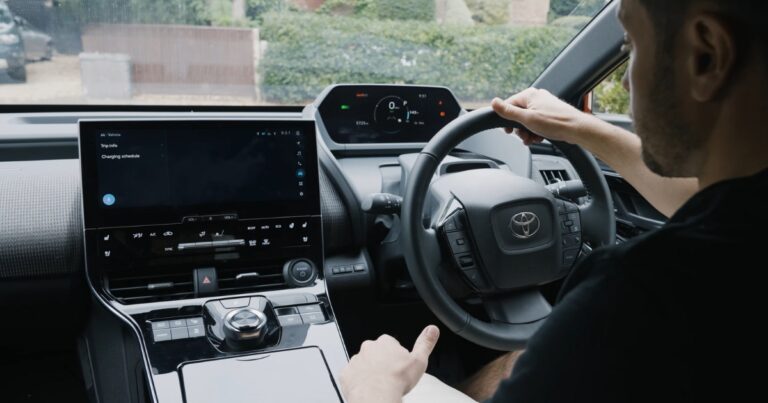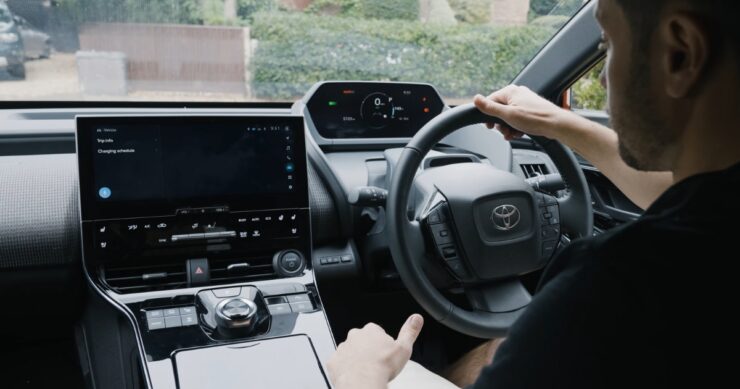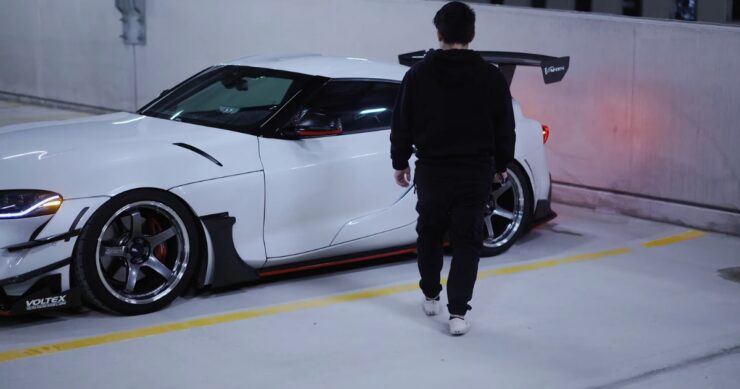Learning to drive can be an exhilarating yet nerve-wracking experience. But when you’re behind the wheel of a Toyota truck—a vehicle known for its rugged build, reliability, and power—the journey to becoming a confident driver is even more rewarding.
Whether you’re preparing for your first driving lesson or looking to refine your skills, driving a truck presents a set of challenges and rewards that differ from operating a smaller vehicle.
This guide provides five essential tips to help you master the art of driving a Toyota truck. These pointers will ease your journey, help you avoid common pitfalls, and build your confidence behind the wheel. Let’s dive into the world of trucks and explore how to make the most of your driving experience.
Knowing Your Vehicle’s Dimensions and Weight
Driving a truck is markedly different from driving a sedan or a smaller car, primarily due to its size, weight, and height. Trucks, including Toyota’s popular models like the Tacoma or Tundra, are built with a higher ground clearance and a more substantial frame.
This robust construction gives them an edge in durability and off-road capabilities but also requires the driver to be more aware of the vehicle’s physical boundaries. For more info make sure to check out go4CDL.com.
Height and Ground Clearance

One of the first things you’ll notice is that a Toyota truck sits higher off the ground. This elevation provides a better view of the road but can also make parking in tight spots or low-ceiling areas more challenging. Always pay attention to the vehicle’s height, especially when driving in parking garages or under low bridges.
Length and Width
Toyota trucks are generally longer and wider than typical sedans. The Tacoma, for instance, ranges between 212.3 to 225.5 inches in length, depending on the model year and configuration. The increased size means you’ll need more space to maneuver and should always be cautious when making turns, particularly in narrow streets or congested traffic.
Weight and Handling

The additional weight of a truck impacts acceleration, braking, and handling. Trucks take longer to come to a complete stop, so maintaining a safe following distance is critical. Furthermore, the weight distribution in a truck is different, particularly if the bed is empty, which can affect how the vehicle handles in sharp turns or on slippery roads. Familiarize yourself with how the weight influences your driving to manage these aspects effectively.
Master the Art of Smooth Braking and Acceleration
Driving a truck requires a more deliberate approach to braking and acceleration. Trucks like the Toyota Tundra are equipped with powerful engines that can produce a significant amount of torque. While this power is excellent for towing or off-roading, it also means that a heavy foot can lead to jerky starts or stops.
Accelerating Gradually
The weight and power of a Toyota truck mean that rapid acceleration can be overwhelming, especially for beginners. When you press down on the accelerator, do so gently to maintain control over the vehicle. Gradual acceleration not only prevents the truck from lurching forward but also helps in managing fuel efficiency.
Braking Slowly and Steadily

The braking system in trucks is designed to handle their increased weight, but this also means that stopping requires more distance. When you need to slow down or stop, start applying the brakes early. Abrupt braking can cause the truck to skid, particularly on wet or icy roads. Smooth braking not only keeps you safe but also reduces wear and tear on the brakes, extending their lifespan.
Get Comfortable with Towing and Hauling
One of the biggest advantages of owning a Toyota truck is its towing and hauling capabilities. Whether you’re planning to tow a trailer, boat, or load up the bed with heavy materials, understanding how to manage the additional weight is essential for safe driving.
Understanding Towing Capacity

Each Toyota truck comes with a specific towing capacity, which is the maximum weight it can safely pull. For example, the Toyota Tundra can tow up to 12,000 pounds, depending on the model and configuration. Exceeding this limit can cause serious damage to your vehicle and pose significant safety risks on the road.
Loading the Bed Correctly
When loading the bed of your truck, distribute the weight evenly to prevent the vehicle from becoming unbalanced. Too much weight at the rear can cause the front wheels to lift, reducing steering control. Conversely, too much weight at the front can increase the wear on your tires and suspension system.
Driving with a Load
When driving with a trailer or a fully-loaded bed, the truck’s handling will change. The extra weight will affect acceleration, braking, and turning. Drive more cautiously, allowing for extra time to stop and giving yourself more room to maneuver. Also, be aware of the increased stopping distance and avoid sudden turns or lane changes.
Use Your Mirrors and Camera Systems Effectively
Visibility is one of the most crucial aspects of safe driving, and it becomes even more important when operating a larger vehicle like a Toyota truck. The higher ride height and longer body mean you’ll rely heavily on your mirrors and camera systems to monitor your surroundings.
Setting Up Your Mirrors
Properly adjusted mirrors are your first line of defense against blind spots. The larger side mirrors on Toyota trucks provide a wider field of view, but they need to be positioned correctly. Adjust them so that you can just see the side of your truck, which helps minimize blind spots. Additionally, consider adding blind-spot mirrors for extra visibility.
Utilizing Rearview Cameras

Most modern Toyota trucks come equipped with a rearview camera, a vital tool for parking and reversing. The camera provides a clear view of what’s behind you, helping you avoid obstacles and making it easier to park in tight spaces. However, don’t rely solely on the camera; use it in conjunction with your mirrors to get a full picture of your surroundings.
Checking Blind Spots
Even with advanced technology, trucks have larger blind spots than smaller vehicles. Always check over your shoulder before changing lanes, and use your mirrors to monitor traffic. Blind-spot monitoring systems, if available, can also provide an additional layer of safety by alerting you to vehicles in your blind spot.
Related Posts:
- Toyota's Creativity Overtakes Their Right-Hand Drive…
- Digital Drive: Navigating the Future of Toyota…
- 10 Best Tires For Toyota Avalon 2024 - Stable & Smooth Drive
- Revolutionize Your Drive: Toyota's Cutting-Edge…
- 10 Best Phone Holder for Prius 2024 - Drive Safely…
- 2015 Toyota Tacoma - A Tough and Capable Pickup Truck












